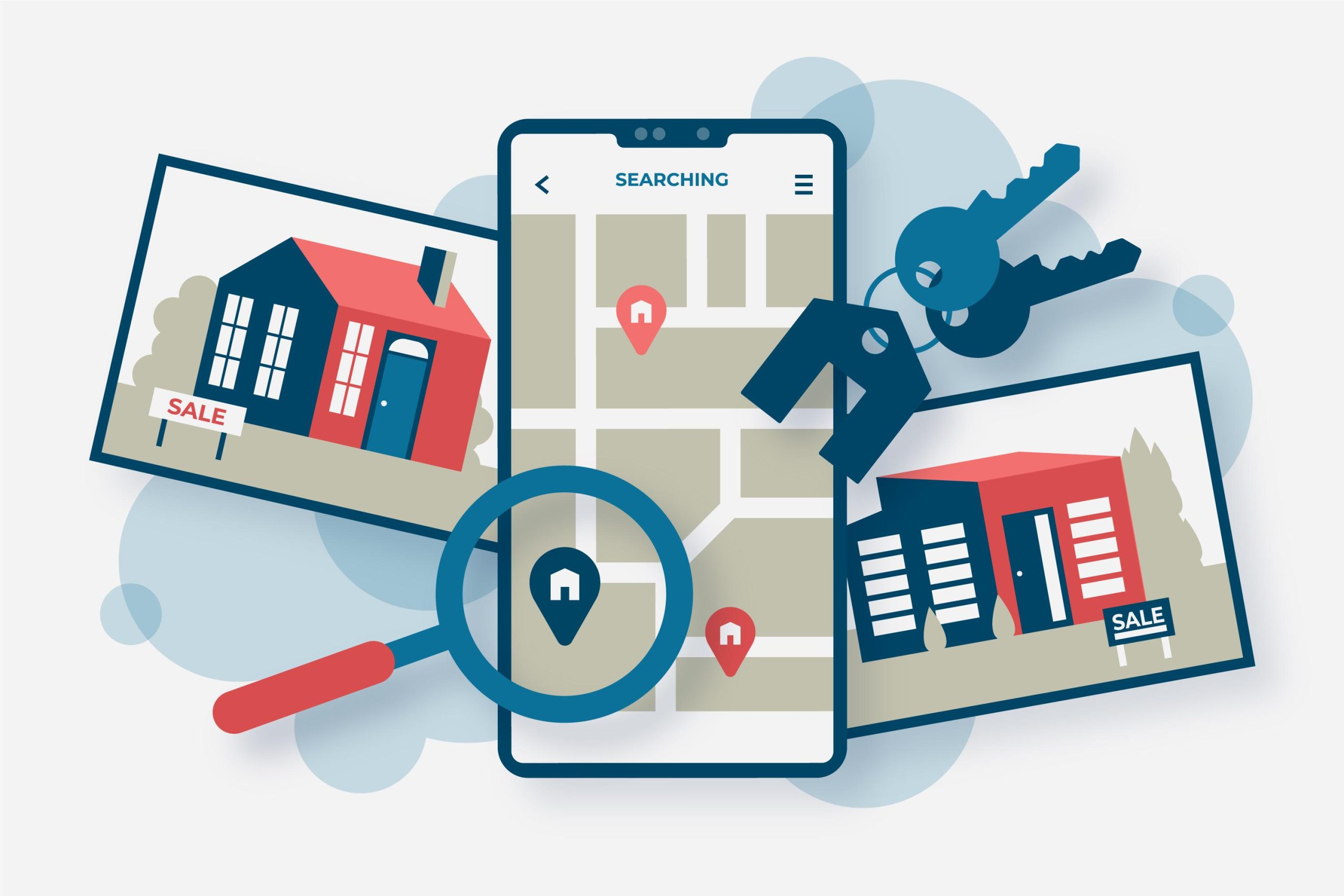
What Is Organic Traffic: Definition, Benefits & Proven Ways to Increase Website Traffic
Introduction
With 7+ experience in digital marketing, we have assisted many businesses in enhancing their presence online with organic traffic techniques. What is organic traffic? Organic traffic is the key to successful websites – it represents the visitors who find your content organically through search engines and social media within the framework of unpaid advertising.
In 2025, organic traffic remains the most valuable source of website visitors, delivering higher conversion rates, building lasting brand authority, and providing sustainable growth without ongoing advertising costs. This comprehensive guide will teach you exactly what organic traffic is, why it’s crucial for your business success, and proven strategies to increase website traffic organically that drive measurable results.
Key Takeaways
- Organic traffic is defined as visitors arriving from unpaid search engines and social media
- In comparison to outbound marketing leads, organic visitors have a 14.6% close rate versus 1.7%
- High-quality content using long-tail keywords can increase organic traffic by 300-500%
- Building organic traffic takes 3-6 months, but provides a steady flow of leads in the long term..
- By maximizing your efforts in terms of SEO, content marketing, and social media, you will optimize your growth in organic traffic.
What is organic traffic, and how can I increase it?
Organic traffic is made up of visitors who find your website through unpaid search results. Organic traffic delivers high-quality leads with better conversion rates than paid advertising.
Strategies to increase organic traffic:
- Regularly publish valuable, optimized content
- Use long-tail keywords with clear user intent
- Build quality backlinks from authoritative websites
- Optimize speed and mobile experience
- Leverage social media to promote your content
What Is Organic Traffic?
Organic traffic is visitors who access your site from unpaid ways, such as search engines, or through organic social media posts, direct links, and referrals.
Organic Search Traffic: This is basically users who clicked your site from the search engine results pages without paid placements. If someone searches for “best running shoes” and then clicks on your blog post from a naturally ranked result, they came to your site through organic search traffic.
Organic Social Traffic: Visitors that find your content based on organic social posts, shares, and recommendations on social media platforms like Facebook, Twitter, LinkedIn, and Instagram.
How Search Engines Drive Organic Traffic: Search engines use complicated algorithms to rank content based on:
- Keyword relevance: Whether your content is relevant to what users search for
- Content quality: Thorough, helpful information that can answer the user’s query
- Website authority: Trust signals from backlinks, age of domain, and user engagement
- Technical optimization: Speed, mobile-friendliness, and user experience
Organic vs. Paid Traffic: Unlike paid advertisements (PPC), organic traffic doesn’t require ad spend after you’re done. Once you stop paying, paid ads don’t bring new traffic; a well-optimized organic piece can continue to bring visitors years later.
Benefits of Organic Traffic
- Cost Effectiveness/Long-Term ROI: Organic traffic is one of the best odds deals you can get without a per-click price. Once your content is ranked, it keeps getting visitors forever without having to pay to promote it, creating compounding returns over time.
- High-Quality and Intent-Based Visitors: Organic visitors engage with your site only when they are searching for a solution to their problem, meaning they are far more likely to convert. Organic traffic converts 14.6% of the time compared to outbound marketing leads, which convert only 1.7%.
- Builds Brand Credibility and Authority: When you rank highly in search engine results, it helps establish your business as an authority in your industry. 70% of marketers use SEO for their sales rather than Google Ads/PPC.
- Enhances Integrated Marketing: When you have strong organic traffic, it will strengthen email marketing, social media, and paid ads by giving you content to promote and share across those channels.
- Sustainable and Scalable Growth: Organic traffic growth is compulsive, accelerating over time as your content library grows and domain authority increases.
- Increased Brand Awareness: Regularly issuing organic visibility keeps your brand fresh in the mind of customers, builds recognition and loyalty that leads to repeat visits and referrals.
How Organic Traffic Works
- Search Engine Algorithm Fundamentals: Google’s algorithm assesses over 200 ranking factors to determine which pages should rank highest for any given query. Some of the most important factors:
- Content Relevance and Quality: Search engines favor content that answers users’ questions completely using relevant, accurate, researched, and written information presented in an engaging way.
- Keyword Usage: By choosing relevant keywords that are strategically placed in the title, headers, meta descriptions, and used naturally in content, you increase the chances that search engines will want to rank your page.
Website Performance Factors:
- Page Load Speed: Sites that load in under 3 seconds rank better
- Mobile Responsiveness: Important since 60% of searches are made on mobile devices
- Core Web Vitals: Important user experience metrics used by Google to rank websites.
Backlink Authority: Quality links to your site from trusted websites signal trust and authority. Backlinks can be a major driver of organic rankings and traffic.
User Experience Signals: Low bounce rates, high dwell time, and positive user interactions are good signals of quality content and will contribute to higher search engine rankings.
Proven Ways to Increase Website Traffic Organically
- Write Quality Search Optimized Content: Create complete content that helps the user and that competes with the competition. Usually, any long-form content (1,500-plus words) will rank better than shorter content by providing more value.
- Long-tail Keywords: Use more specific phrases, for example, “how to increase organic traffic on a website” rather than “traffic.” Long-tail keywords have less competition and provide better conversion rates.
Master On-Page SEO Optimization:
- Title Tags: The primary keywords should be within 60 characters
- Meta Descriptions: Compelling summaries of 150-160 characters
- Header Structure: Ensure you use your H1, H2 & H3 tags in a logical structure
- Image optimization: Alt text and compressed file sizes
Create Quality Backlink Profiles: Acquire links via guest posts, outreach to resource pages, broken link building, and linkable assets, such as original research or comprehensive guides.
Improve Website Speed and Mobile Experience: Use tools like Google PageSpeed Insights to analyze performance and fix issues. Compress images, reduce code volume, and ensure a responsive design across all devices.
Utilize Internal Links Strategically: Linking related content gives search engines insight into site structure and helps keep visitors engaged longer and reduces overall bounce rates, and improves rankings.
Maximize Social Media Organically: Share informative content on the social platforms you’re using to improve reach, engagement, and potential for backlinks. Be sure to leverage social sharing with catchy headlines and images.
Stay Engaged with Your Audience: Reply to comments, naturally add your comments in industry-related conversations, and build a following/community around your content will make numerous return visits possible, as well as social signals.
Review Your Content Over Time: Update information to keep it timely, refresh old statistics, and plan on updating successful posts (by expanding) to continuously keep your rankings well into the future.
Reviewing SEO Tools and Analytics: Maintain organization of reviewing past performance with Google Analytics, Google Search Console, and using an SEO tool like Semrush or Ahrefs, document opportunities, and track progress.
At Digit Cure, we specialize in developing comprehensive organic traffic strategies that deliver sustainable growth. Our data-driven approach combines technical SEO expertise with content marketing excellence to help businesses achieve measurable increases in organic visibility and conversions.
Common Challenges with Growing Organic Traffic and How to Overcome Them
- Slow Initial Growth: Results from organic traffic may take 3-6 months to show up. You can mitigate this issue by continually producing and optimizing content, but by concentrating on long-term value instead of short-term value.
- Algorithm Changes: Search engines are constantly adjusting their algorithms. You can mitigate the problems associated with algorithm changes by focusing on providing value to your users instead of gaming the system, practicing white-hat SEO, and knowing the recent changes within your industry.
- Extreme Competition: You need to produce unique, comprehensive content that offers more value than your competitors. Find the content gaps from similar articles and produce pieces with the resource to provide value beyond what your competitors did.
- Steering Clear of Black-Hat Tactics: Stay away from keyword stuffing, link farming, or duplicate content. All of these may lead to serious ranking penalties and months of recovery.
Conclusion
Organic visits are by far the most powerful and sustainable, the source of visitors to your site today. Following the steps we have provided – creating quality content, search engines, developing authority via backlinks, and engaging your audience – will set you on a stable path for long-term online growth.
The secret to increasing organic traffic is being consistent, being patient, and focusing on providing value to the user first, regardless of Google or other search engines.
Results take time, and though organic traffic benefits compound upon each other, it is a great investment for any company interested in growing their business online.
Are you ready to change your organic traffic results? Call our SEO specialists today, so we can help you develop a personalized customer journey strategy that leads to measurable, sustainable improvement for your business.
Frequently Asked Questions
1. What is organic traffic, and how is it important?
Organic traffic is when visitors find your site through unpaid search results and social media. These leads would be made up of sustainable, high-converting traffic without the need to advertise on an ongoing basis.
2. How do I organically increase my website traffic without spending money on ads?
You could produce valuable content, optimize your content for relevant keywords, create backlinks from high authority sites, increase your site’s speed, and use social media to share your content organically.
3. What are the best SEO strategies that I should use to grow organic search traffic in 2025?
Maximize user intent optimization, maximize E-A-T content creation, maximize Core Web Vitals, use a mobile-first design, and maximize topical authority through larger topic clusters.
4. How long does it take to see results once I start doing things to grow organic traffic?
3-6 months for any substantial results, but you may see some instances of improvement within 4-8 weeks due to consistent, quality optimization strategies.
5. Can social media help me increase organic traffic on my website?
Yes, social media helps you reach more people, drives direct referral traffic, gives you increased brand name visibility and awareness, and ultimately can help with SEO-in that it can provide some social signals and link opportunities.





